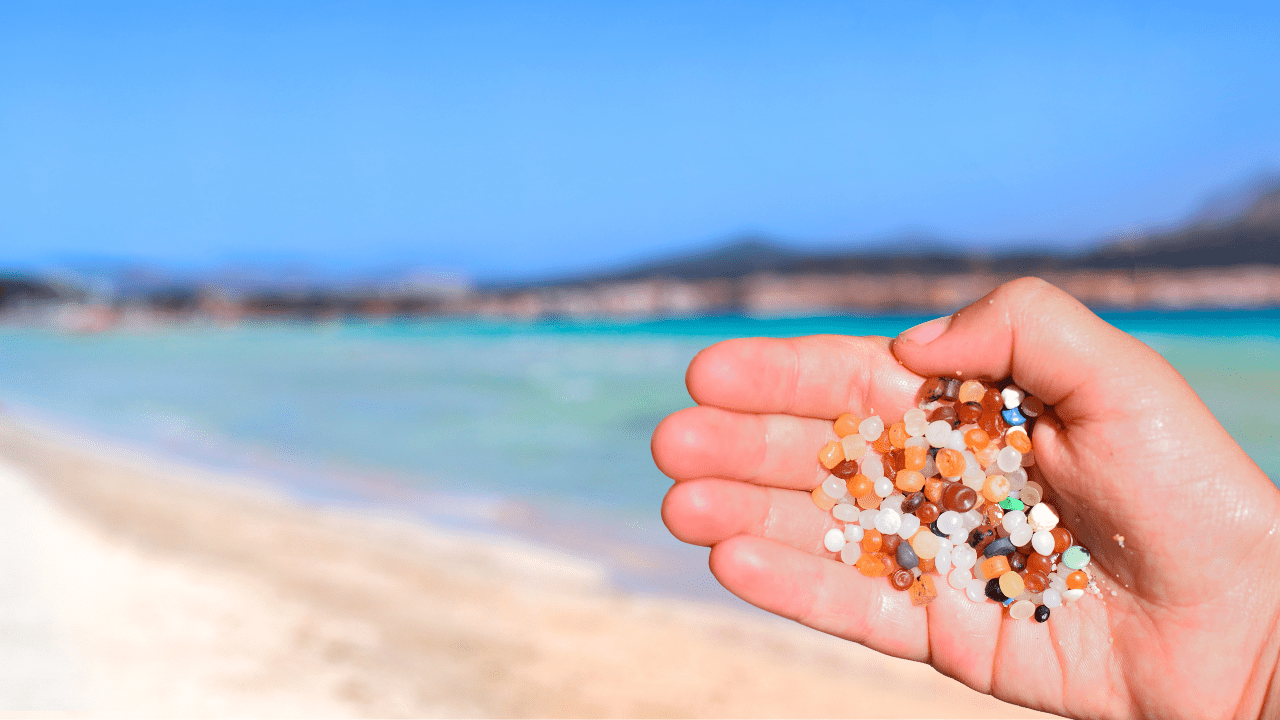A video overview of the Ultra-Drain Guard, which is engineered to filter stormwater waste before it becomes a problem in the water system. As a storm drain filter, it removes contaminants like litter, sand, and oil from stormwater flow.
TRANSCRIPT:
There are many different models of Ultra-Drain Guard and we plan to have a training video for all of them but in this session, we will focus on the original models. But first, let’s briefly discuss what Drain Guards are and why they are needed.
Did you know that approximately 70% of all storm drains lead directly to open waterways, without treatment? I don’t know about you but I always assumed that those drains led to some sort of wastewater plant so that pollutants could be removed. This is why beaches sometimes get closed after a rainfall.
Did you know that a one-quart oil spill causes a two-acre oil slick? That’s a huge area from a minimal amount of oil! And to think, some people still change their car’s oil at home and then pour the used oil down a storm drain!
Did you know that 46% of all impaired rivers and lakes in the U.S. are polluted due to uncontrolled stormwater runoff? Not because of chemical spills or leaking pipelines or anything like that but because of the stuff that’s flowing into storm drains.
Stormwater and stormwater management is something that most of us take for granted. We drive through it and it gets our shiny cars dirty but shortly after the rain stops, it all just magically disappears.
Ok, maybe we’re not naïve enough to think that it’s magic but for the vast majority of people, once it leaves the streets, stormwater… and its environmental impact is forgotten.
Enter the Ultra-Drain Guards…
The Drain Guard is a heavy-duty, geotextile material that is placed in a storm drain and acts as a filter to remove pollutants from the passing rainwater before those pollutants can get into the waterways. Drain Guards are generically referred to as catch basin inserts or sometimes “upside down witches hats”.
The installation process for these is pretty straightforward. You lift the grate off of the storm drain, you place the Drain Guard over the opening and then you replace the grate. Done. A note of caution, those grates can get pretty heavy so it’s not always an easy process. Having a second set of hands is a big help.
If aesthetics are important, any excess material can be trimmed with scissors or a utility knife once the grate has been re-installed. If you can leave the excess material it will be a benefit by working as a pre-filter and removing pollutants above the grate and before it has a chance to get into the Drain Guard.
The Drain Guard is available in three different models: The Oil & Sediment Model, The Oil & Sediment Plus Model and the Trash & Debris Model.
The Oil & Sediment Model model basically consists of two different parts. The top portion or apron gets pinched between the storm drain’s opening and the grate and keeps the unit in place. It also helps to channel water into the second part which is the body or cone of the Drain Guard.
The apron is 36″ x 48″ but keep in mind that some excess material is needed to be pinched in between the drain and the grate. A good rule of thumb is that the standard Drain Guard can be used in drains up to 30″ x 40″.
The body is 18″ deep and is capable of holding up to 40 lbs. of sediment, silt, and sand. The entire unit is capable of also absorbing up to .87 gallons of oil.
If you take a closer look, you’ll see some holes around the top of the Drain Guard. Those are overflow ports. The material that we use has a 90 gpm/ft2 flow rate. In the case of a large storm where the flow rate exceeds that number, the overflow ports will allow water to pass through untreated.
On the grand scheme of things, flooding and ponding in the streets is more hazardous than a bit of untreated water getting into the waterway.
Next is the Oil & Sediment Plus Model. The “Plus” indicates that it is capable of more oil and hydrocarbon absorption. This model is able to capture up to 1.55 gallons.
This is possible by adding strips of an absorbent material called Ultra-Filter-Tex. Ultra-Filter-Tex is different from other absorbents in that it will not absorb water… only oil and other hydrocarbons. As you might imagine, that’s a significant benefit in a stormwater product.
Other than the addition of the Ultra-Filter-Tex strips, the Oil & Sediment Plus model is exactly the same as the Oil & Sediment Model.
Finally, we have the Trash & Debris Model. Unlike the other two models, this model is constructed with more of a screen type material for the body. This will allow for more sediment and silt to pass through while capturing only large pieces of trash such as paper cups, cigarette butts, and food wrappers. This model is good for places such as stadiums, shopping malls and other areas where litter is a common problem.
Removing full Drain Guards:
When your Drain Guard is full and needs to be replaced, there is something to keep in mind… the storm drain’s grating is what’s keeping it in place. In other words, if you don’t plan ahead and you lift that grating, that entire Drain Guard and all the junk that it’s captured is going straight to the bottom of the catch basin.
That’s why we have these straps sewn into the top of each Drain Guard. When it is time to remove a Drain Guard, you can pull these straps between the openings in the grate and then place a steel pole or a piece of rebar or something between the straps. That way when you pick up the grating you’re bringing the Drain Guard with it.
Reusing
The Drain Guard can be reused if it is filled with sediment, sand or silt. Simply remove it empty the contents and replace it. If you know ahead of time that this is what you will do, it’s a good idea to either leave the apron untrimmed completely or at least leave a few extra inches. This will make it easier when you put the unit back in the drain.
If the Drain Guard is saturated with oil, reusing it is not recommended.
As we wrap up the session, I want to share a picture with you. If you ever wonder if a single Drain Guard is really going to make a difference, remember this. This dumpster contains the contents of 50 Drain Guards that were emptied after just two weeks. I think it’s pretty incredible to consider that all of this would have been in our waterways.
Well, I hope that this session proved to be valuable to you and that you now better understand the Ultra-Drain Guard.
If you have any questions, please feel free to contact us at (904) 288-8195 or via our website at www.spillcontainment.com
Thank you for your time and be sure to check out our other training videos.






